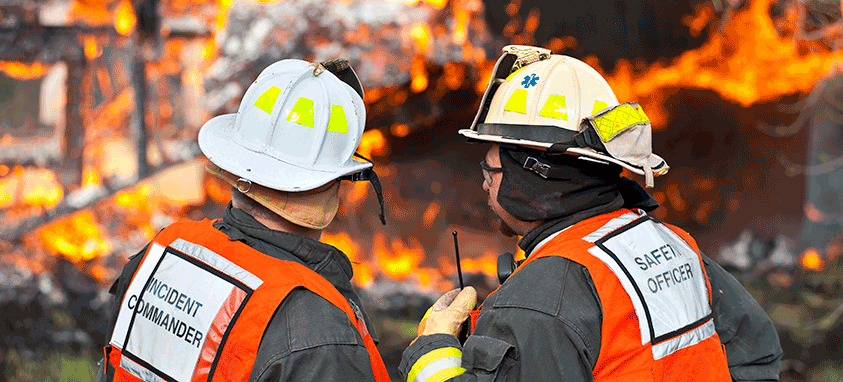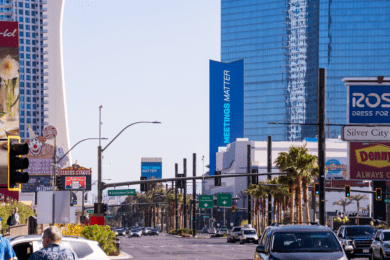The devastating 7,000-acre La Tuna wildfire that tore through the Los Angeles suburb of Burbank is a reminder for event planners that this time of year, when much of the country is at its driest, event professionals need to be prepared for the worst.
The Department of Homeland Security has suggestions for what to do before an emergency occurs, once the fire has started and after the all-clear has been sounded.
Before: Know Your Risk
Experts warn that wildfires can happen anywhere. As development encroaches into woodland areas, these “wild land urban interfaces” as they are called, can bring danger to the doorstep of what would otherwise be a tranquil, natural setting.
Bookmarking a site such as ArcGIS US Wildfire Activity Web Map can give you a heads up about communication outages, fire warnings and even air quality advisories. Checking in during the days immediately before your event can help you determine how to proceed and what updates to give attendees so they know what to expect.
This is the time to create a wildfire plan. Think about where your group will evacuate to if the need arises and how you will communicate if phone lines are out. You may also want to carry an emergency preparedness kit with a flashlight, batteries and first-aid supplies. You never know when these essentials may come in handy.
During: Anticipate Collateral Damage
Even if you event is not in the line of fire, the impacts can be wide-ranging. Services such as gas, power and communications miles away may be cut. Road closures can also delay deliveries, bus service and access to the airport. Flights may be cancelled due to smoke, flying embers and wind.
Smoke, too, can travel long distances, making breathing difficult for many miles from the burn area. Advising attendees before they arrive gives them a chance to take precautions and bring any necessary medications, if required.
If someone has been burned, immediately call emergency services, and cool and cover the area to reduce chance of further injury or infection.
After: Proceed with Caution
Even after the fire seems to be out, do not re-enter a burn area until authorities have declared it safe. And for several hours after returning, maintain a “fire watch” as embers can reignite under the right circumstances.
Be warned, devastated hillsides can be prone to flooding and mudslides in the years after a major fire. That is something to consider if access during the following winter will require traveling through a burn area.




